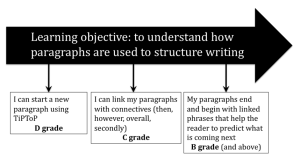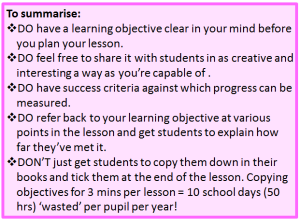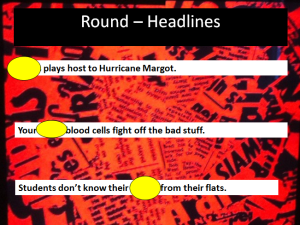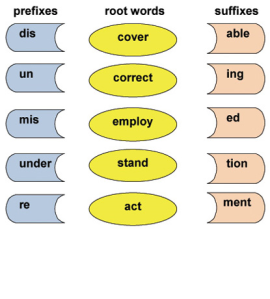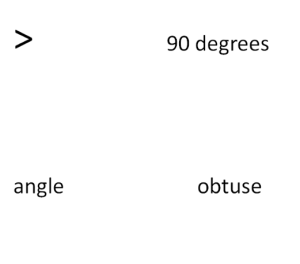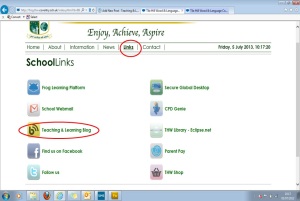There’s a sense that A Levels and GCSE in the future will require more sustained reading of texts in exams. With the world of ICT often leading to F pattern reading and shallow skimming:
Screen reading is the act of reading a text on a computer screen, smartphone, e-book reader, etc. It is often contrasted with the act of reading a text on paper, in particular a printed text.[1]
In a study conducted by Jakob Nielsen, a leading web usability expert who co-founded usability consulting company Nielsen Norman Group with Donald Norman, it was discovered that generally people read 25% slower on a computer screen in comparison with a printed page.[1] In eyetracking tests, Nielsen also discovered that people read Web pages in an F-shaped pattern that consists of two horizontal stripes followed by a vertical stripe.[2] A similar study, using search results from the Google search engine, determined that readers primarily looked at a triangular area of the top and left side of the screen. This corresponds to the Nielsen F-shaped pattern, and was dubbed the Google Golden Triangle.[3]
Critics have voiced concerns about screen reading, though some have taken a more positive stance. Kevin Kelly believes that we are transitioning from “book fluency to screen fluency, from literacy to visuality”.[4][5] Anne Mangen holds that because of the materiality of a printed book the reader is more engaged with a text, while the opposite is true with a digital text in which the reader is engaged in a “shallower, less focused way”.[6][7]
This may be the future of reading but exams will still test literacy not ‘visuality’.
OFSTED ( English: The Way Forward) say that they rarely see lengthy reading or writing in English lessons during inspections (never mind other subjects). This is probably down to assuming that five part whizzily fast lessons are what is needed.
So a few thoughts about independent reading
1. If you complain about sixth formers’ independent reading, do you develop it at KS3 and 4?
2. It is OK for students to read for 20 minutes or more sometimes!
3. Time yourself reading a text. Add 10-15% for students. How much time should you allow for them to read the whole text?
4. Don’t talk while they are reading.
5. You can check learning and show progress by asking them to annotate as they read then pull key ideas together from the whole class.
6. Writing questions as they write is good learning.
7. Reading to them is fine depending on the context but watch out for the students who only listen and push the text away on the desk. They are not reading.
8. Do students ever ‘read around’ your subject. Libraries are full of unread journals in your subject.
9. I used Wikipedia above because it’s a useful tool BUT I’ve read the articles too. Try giving students a ludicrously wrong web text. See if they can detect the problems. Discuss.
10. Simply set some longer reading as a homework with a little dialogue slip at the end. Students hand in slip with what they have learned from reading the book or article.
Finally, some of this takes longer but will result in deeper learning and better readers more able to cope with longer texts in exams.
Terence Fitch



